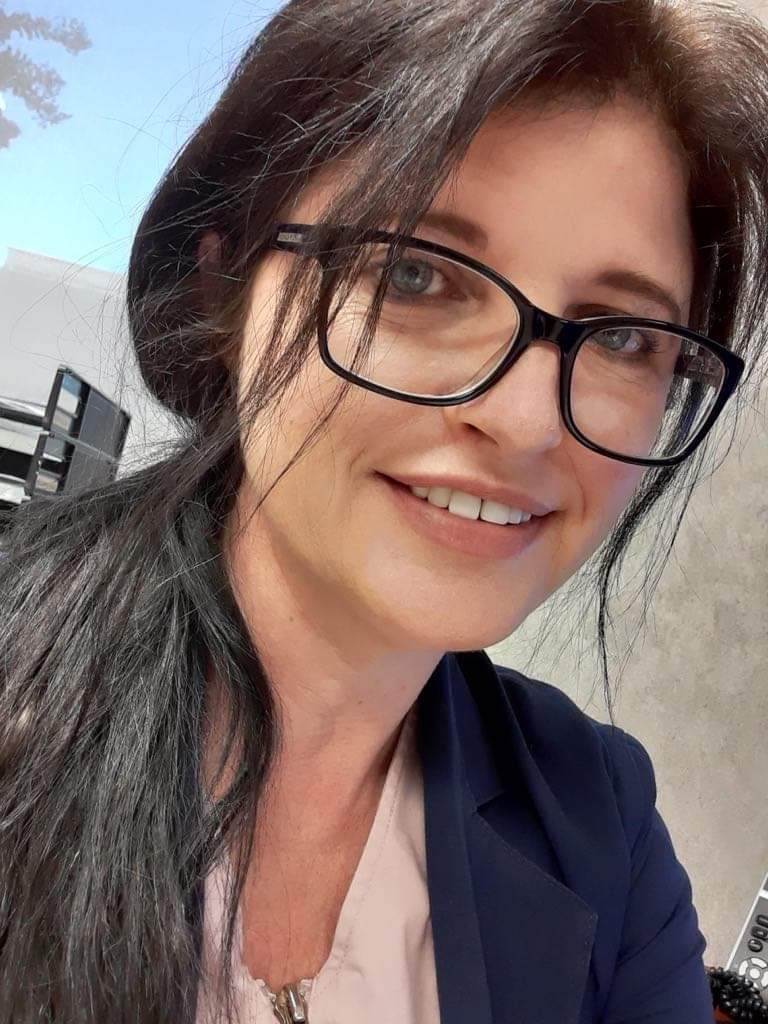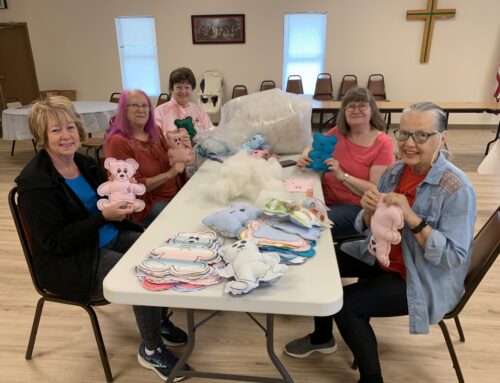We all know gettin’ a mammogram might not be the most pleasurable experience, but, it’s worth its weight in gold. The Arkansas Department of Health estimates 2400 Arkansas women were diagnosed with breast cancer last year. In the United States, breast cancer is the most common cancer in women, ‘cept for skin cancers. It is about 30% (or 1 in 3) of all new female cancers each year. In 2023, the American Cancer Society estimates:
About 297,790 new cases of invasive breast cancer will be diagnosed in women. About 55,720 new cases of ductal carcinoma in situ (DCIS) will be diagnosed. About 43,700 women will lose their battle with breast cancer.
Now, here’s a real eye-opener – 85% of the women diagnosed with breast cancer will have no family history of the disease. It just goes to show that this adversary doesn’t care if it’s in your family tree or not; it can affect anyone.
Now, breast cancer doesn’t discriminate. It impacts not only ladies but also the gentlemen, although it’s a mite less common among the fellas. In 2021, there were an estimated 2,650 new cases of invasive breast cancer in men in the United States. So, fellas, let’s not shy away from the conversation. Early detection can save lives, and that’s a fact.
Mammograms are an indispensable tool in the early detection of breast cancer. Catching cancer early on significantly improves the chances of a successful treatment and a favorable outcome.
Y’all might be wonderin’ about when to start. The American Cancer Society recommends that women aged 40 and older should have regular mammograms. If they’re healthy, they can transition to biennial screening at age 55. But now, if a gal’s got a family history of breast cancer or certain genetic mutations, she might need to start screening earlier. It’s important to talk to your healthcare provider and make an informed decision.
Mammography, with all its advancements, has played a mighty big role in reducing breast cancer mortality rates. Early detection through mammograms has saved countless lives. Over the years, they’ve made the process more comfortable and precise. We’ve got digital mammography and 3D mammography (tomosynthesis), and those fancy techniques make the screenings even better at what they do.
Many health insurance plans cover mammograms, which is a relief. Programs like Medicaid and the Affordable Care Act have gone a long way in makin’ sure more folks can get these preventive screenings. That means, no matter where you’re from, gettin’ a mammogram is more accessible than a warm, homemade pecan pie.
Remember, knowledge is power. Knowing your risk factors, understanding your family history, and stayin’ informed about the latest developments in breast health can empower you to make informed decisions about your well-being.
But wait, there’s more to know about breast cancer:
The average risk of a woman in the United States developing breast cancer in her lifetime is about 13%. This means there is a 1 in 8 chance she will develop breast cancer. This also means there is a 7 in 8 chance she will never have the disease.
In recent years, breast cancer incidence rates have increased by 0.5% per year.
Breast cancer is the second leading cause of cancer death in women, right after lung cancer. The chance that a woman will die from breast cancer is about 1 in 39 (about 2.5%).
The good news is that breast cancer death rates have been decreasing steadily since 1989, for an overall decline of 43% through 2020. The decrease in death rates is believed to be the result of finding breast cancer earlier through screening and increased awareness, as well as better treatments. However, the decline has slowed slightly in recent years.
At this time, there are more than 4 million breast cancer survivors in the United States. This includes women still being treated and those who have completed treatment. It’s a testament to the power of early detection and advancements in breast cancer treatment.
Y’all can find more info at:
https://www.komen.org/# https://www.cancer.org/






